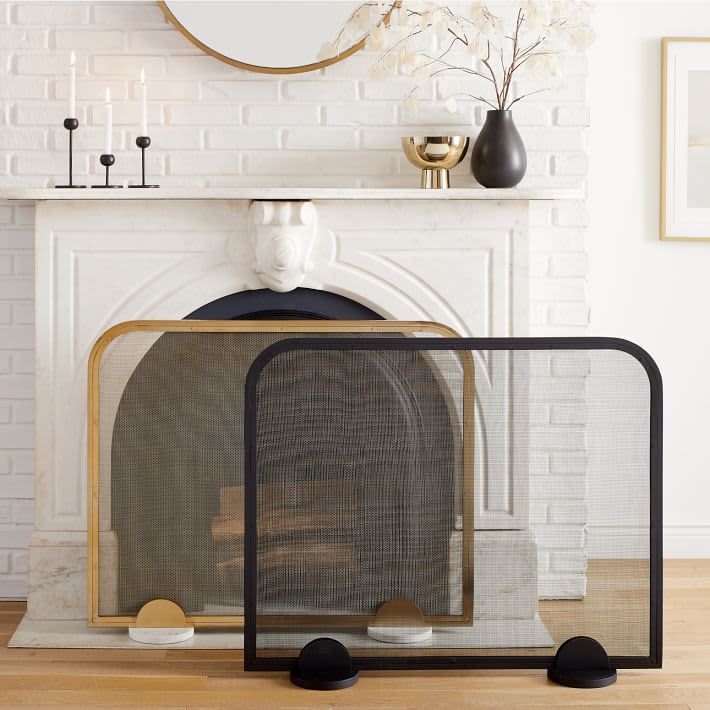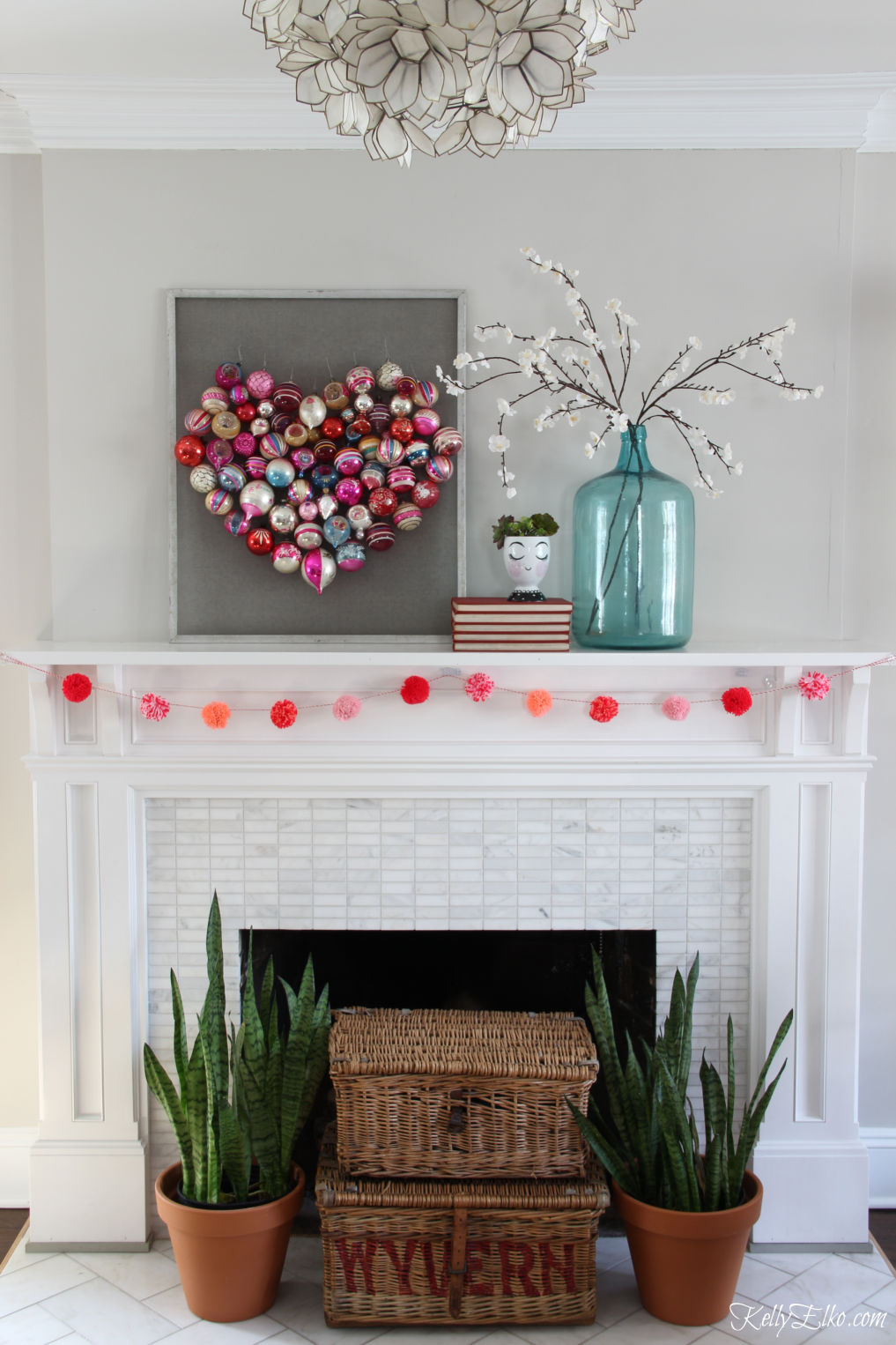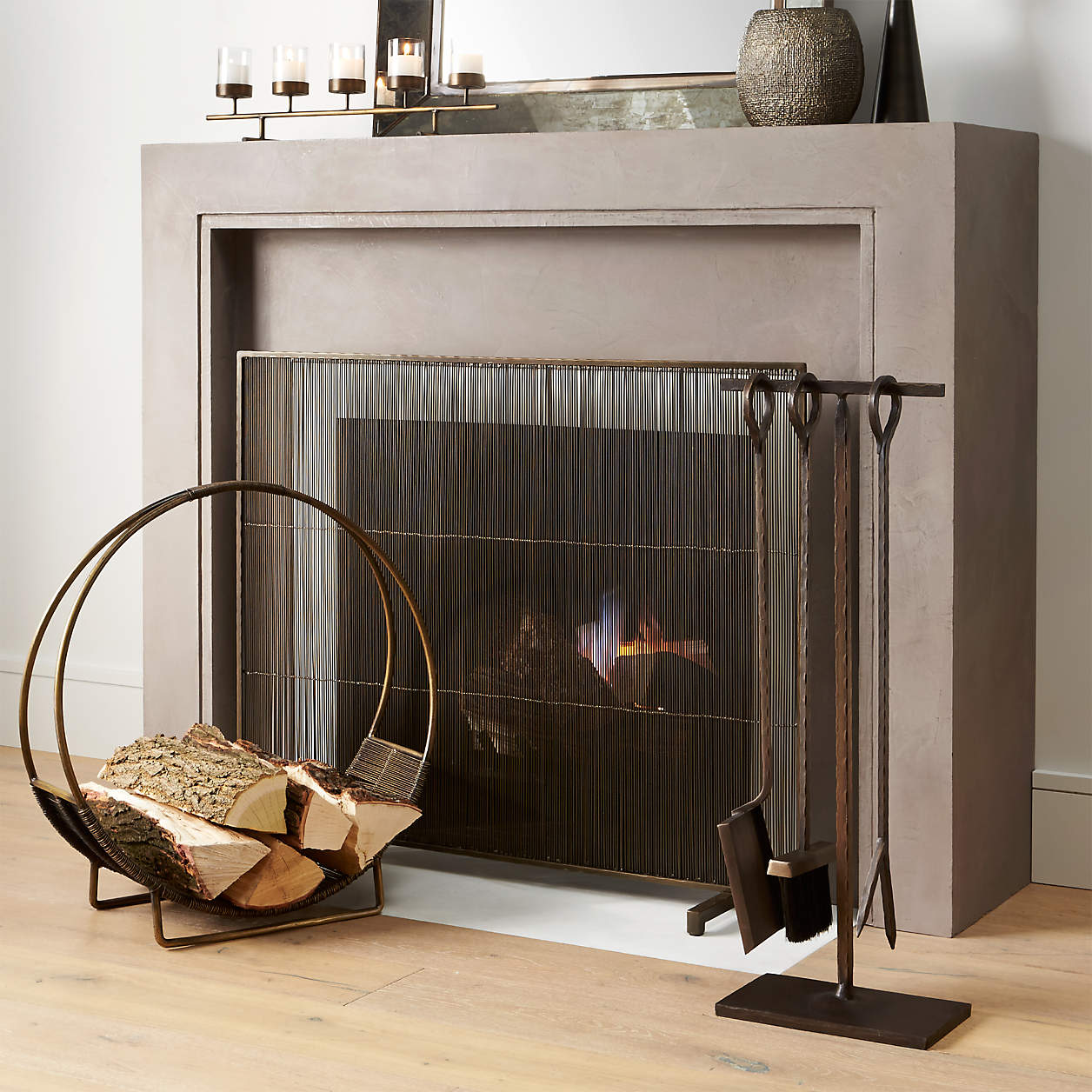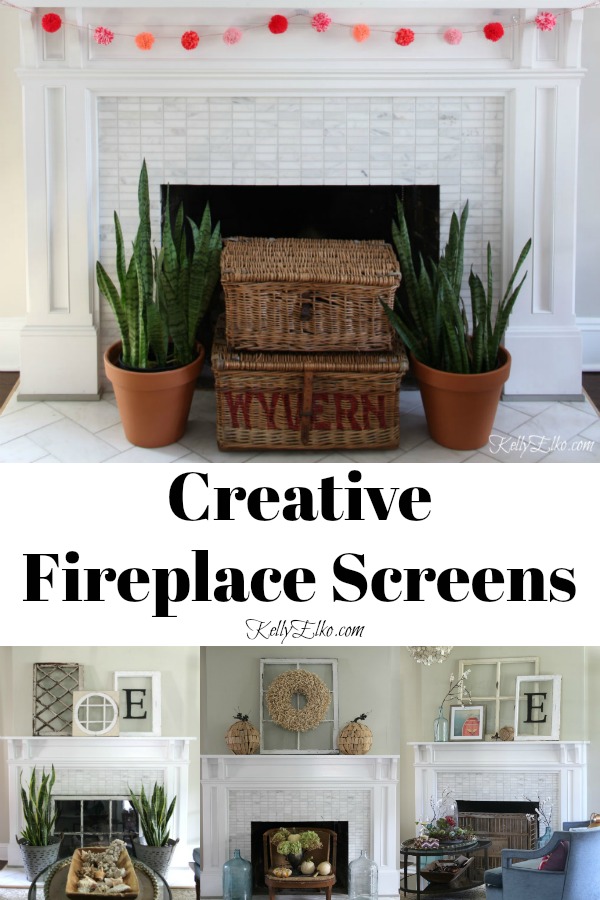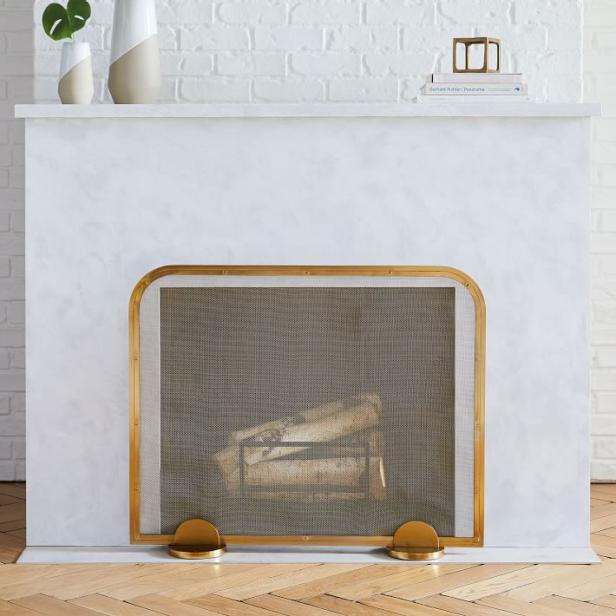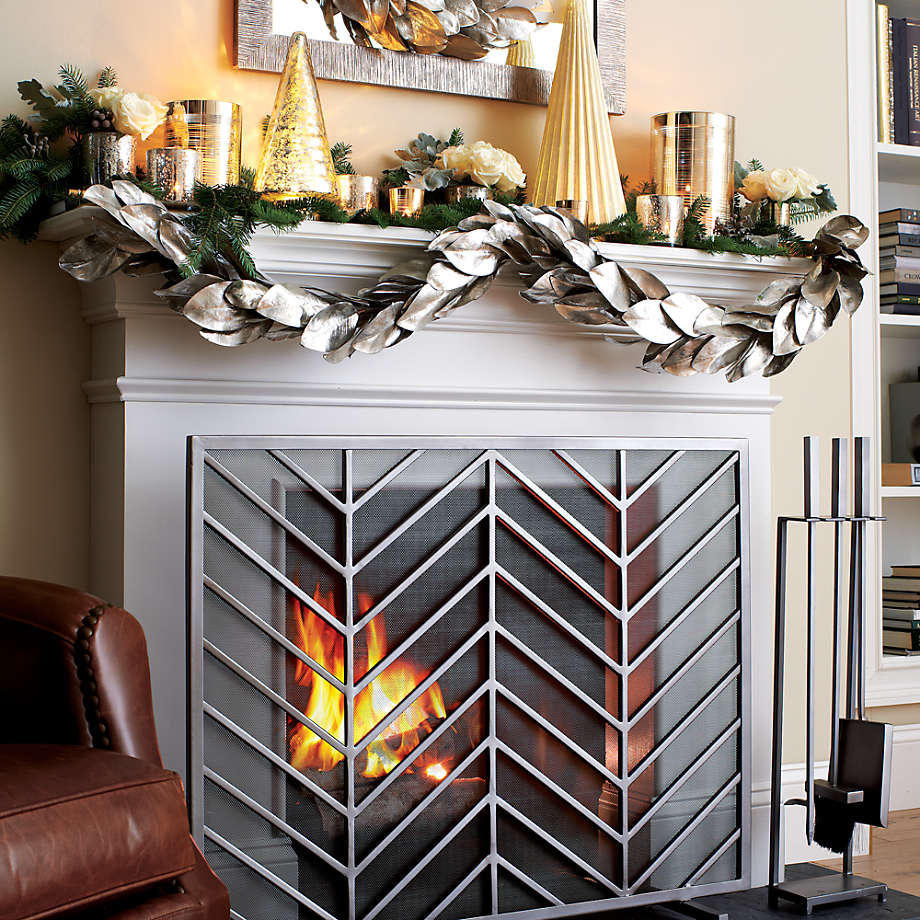When I originally moved into my house with a functioning fireplace, I felt that any screen would suffice for safety and functionality. My first purchase was a basic black metal screen that served its duty but did little to improve the aesthetics of my living area. After seeing how much a well-chosen fireplace screen might improve both safety and style, I set out on a journey to find the ideal combination of protection and artistic effect. My research into different screen types, materials, and layouts taught me that these useful items can be stunning focal points that compliment any interior design plan.
Discovering Different Screen Styles and Functions
Single panel displays initially attracted to me due to their simplicity and clean appearance, but I immediately realized their limits when attempting to properly tend an active fire. The fixed position made adding wood or controlling flames difficult and possibly dangerous. I had to remove the screen each time, which negated the benefit of having constant protection from sparks and embers.
Folding screens became my favored option once I discovered their adaptability and practical benefits during daily fireplace use. The accordion-style construction allows for partial opening for fire maintenance while keeping the majority of the opening covered. I can quickly alter the setup dependent on fire size and room layout, making these screens quite useful for busy fireplace users.
Bi-fold screens provided another practical solution, combining the clean appearance of single panels with increased fire management accessibility. The dual-panel design opens like cabinet doors, allowing full access when necessary while preserving a sleek appearance when closed. This approach works especially well in my contemporary living area, where clean lines and minimal hardware provide the desired look.
Material Choices that Change Appearance
Iron screens delivered the traditional fireplace style I was looking for, with their heavy weight and antique blacksmith-inspired motifs adding a real, timeless feel. The material’s longevity amazed me, as it showed no indications of wear despite years of daily use. However, the dark iron appeared weighty in my lighter-colored living room, forcing me to seek into different materials.
Brass screens added warmth and elegance, transforming my fireplace from a strictly practical piece to a decorative focal point that fits my room’s color scheme. The golden tones reflect firelight nicely, generating ambient lighting that brightens evening gatherings. I realized that brass required more upkeep than iron, but it pays off with long-lasting beauty and a refined appearance.
Copper screens astonished me with their distinctive patina development over time, resulting in an ever-changing appearance that adds character and visual appeal to my fireplace area. The reddish-brown tones complement both traditional and contemporary décor styles. I really like how copper weathers naturally, forming a protective patina that complements rather than detracts from its appearance.
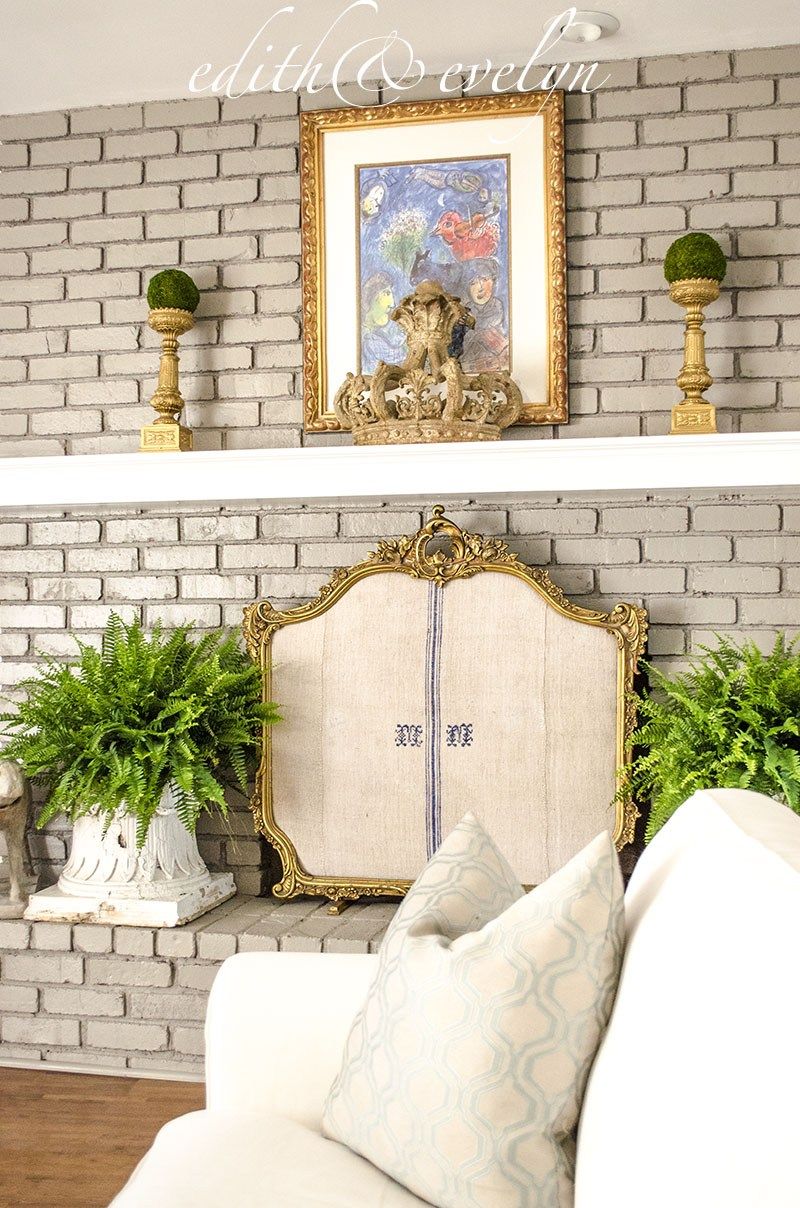
Custom Designs Reflecting Personal Style
Geometric designs piqued my interest while perusing custom screen alternatives, as they provided modern interpretations of classic fireplace protection that matched my current decor preferences. I commissioned a screen with interconnecting hexagons that cast intriguing shadow patterns on my walls when illuminated with fire. This customized technique allows me to include personal style while still keeping critical safety functions.
Nature-inspired designs appealed to my need for organic materials in my living area, so I chose a screen with stylized tree branches and leaves. The pattern generates stunning silhouettes against the firelight while also offering good spark prevention. I discovered that bespoke nature themes may enhance any decor style, from rustic cabins to elegant metropolitan flats.
When I discovered screens with personalized initials or family crests built into the design, monograms became an unexpected favorite. This bespoke touch elevates a strictly useful item to a personalised statement piece that displays family identity. When the fireplace is not in use, the monogram stands out, while blazing fires cast dramatic shadows.
Seasonal and Decorative Screen Options
Summer screens became necessary after I noticed how barren and uninviting my fireplace seemed during the hotter months when fires were neither practicable nor desirable. I invested in decorative screens with floral themes and lighter materials to enliven the gloomy fireplace opening. Instead of a dark void, these seasonal screens make the fireplace an attractive focal point all year.
Holiday-themed screens add festive appeal during special occasions, with themes ranging from Halloween to Christmas that suit seasonal decoration schemes. I swap different screens throughout the year to keep them visually appealing and seasonal suitable. This strategy maintains my fireplace relevant to current festivities while also retaining critical safety functions when fires are set.
Artistic screens blur the distinction between essential safety equipment and great art, with everything from abstract patterns to detailed landscapes that spark discourse in my living room. I chose a screen with a mountain scene to match my outdoor-inspired design style. These artistic solutions demonstrate that safety equipment does not have to trade aesthetics for functionality.
Installation and Maintenance Considerations
Measuring fireplace openings precisely became critical when purchasing bespoke screens, as incorrect sizing might jeopardize both safety and appearance. I learnt to precisely measure width, height, and depth, taking into account any anomalies in earlier fireplace construction. Professional measuring services guaranteed that my bespoke screens fit perfectly, preventing sparks from escaping.
Mounting solutions differ greatly between screen types, with some requiring permanent installation and others remaining freestanding for simple removal and storage. I prefer screens that can stand alone, allowing for seasonal adjustments and easy cleaning access. However, households with children or pets may benefit from more secure mounting methods that prevent inadvertent displacement while in use.
Cleaning requirements vary greatly amongst materials, with some finishes necessitating specific attention to preserve their appearance and protective properties over time. To prevent tarnishing, brass screens must be polished on a regular basis, but iron screens must be treated only occasionally to prevent rust. I developed maintenance regimens for each screen material to ensure long-term attractiveness and functionality.
Safety and Practical Benefits
Spark protection remains the fundamental function of any fireplace screen, but I discovered that mesh density and screen height had a major impact on trapping flying embers. Fine mesh provides better protection but reduces airflow, whereas coarse mesh improves air circulation but may allow tiny sparks to escape. I chose medium-density mesh to blend protection with sufficient fireplace airflow.
When I chose screens with polished surfaces, I discovered an unexpected benefit: they transfer more heat into my living room rather than up the chimney. This increased heating efficiency saves firewood while enhancing comfort in my seating area. The reflective characteristics also provide intriguing light patterns, which improve the fire’s visual attractiveness throughout the room.
Child and pet safety issues had a huge impact on my screen decision, as curious hands and paws can quickly access heated surfaces without suitable boundaries. I chose screens with tiny mesh to prevent young fingers from reaching through while still providing excellent vision of the fire. The solid foundation design prevents tipping if unintentionally bumped by youngsters or pets while playing.
What size fireplace screen should I use for my opening?
To ensure sufficient covering and safety margins, measure the width and height of your fireplace opening and add 2-4 inches to both. My 36-inch wide opening requires a 40-inch screen to provide proper protection. Consider depth as well, particularly for specialized screens designed to match specific fireplace arrangements. Always check measurements with manufacturers, as screen sizes might refer to different dimensions, such as frame size versus real covering area.
Are glass doors superior than typical mesh screens?
Glass doors give higher heat efficiency and spark prevention, but they reduce the comfortable ambiance of an open fire, which mesh screens maintain. Mesh screens provide a more natural fireplace experience and make fire control easier, but glass doors excel in heating efficiency. Glass doors require more upkeep and can crack due to extreme temperature changes, whereas high-quality mesh screens last for decades with minimal care.
How can I decide between freestanding and built-in screens?
Freestanding screens allow for seasonal changes and are easy to store, whilst built-in versions provide permanent protection and a more streamlined appearance. I picked freestanding screens because they are versatile, allowing me to remove them completely during the summer and change styles as needed. Built-in screens are better suited for households that value continual protection and low maintenance, particularly those with young children who require constant safety precautions.
What kind of maintenance do various screen materials require?
Iron screens require rust protection treatment and regular dusting, whilst brass requires periodic polishing to retain luster and avoid tarnishing. Copper screens develop a natural patina and require no care beyond occasional cleaning. I clean all of my screens with delicate brushes and light soap, avoiding strong chemicals that may damage finishes. Seasonal comprehensive cleaning before extensive fireplace use ensures the best appearance and functionality.
Do decorative screens offer appropriate safety protection?
Yes, decorative screens can provide exceptional safety when correctly constructed with the right mesh density and secure structure. I’ve discovered that artistic screens frequently exceed basic safety criteria while providing aesthetic appeal. The goal is to ensure that decorative components do not damage mesh integrity or cause gaps that allow sparks to escape. Always make sure that decorative screens meet safety regulations for spark protection and heat resistance.
How much should I expect to pay for a good fireplace screen?
Quality mesh screens go from $100 to $800 depending on size, material, and level of customization, whereas glass doors normally cost $300 to $1500 to install. My bespoke brass screen cost $450, which I believe is fantastic value given the safety and cosmetic benefits it provides. Basic iron screens start around $75, but investing in high-quality materials and construction improves the beauty, durability, and long-term enjoyment with your fireplace setup.
Cedar Planked DIY Fireplace Screen
Ideas to DIY Your Own Fireplace Screen
Chevron Fireplace Screen + Reviews Crate & Barrel
Related Posts:
